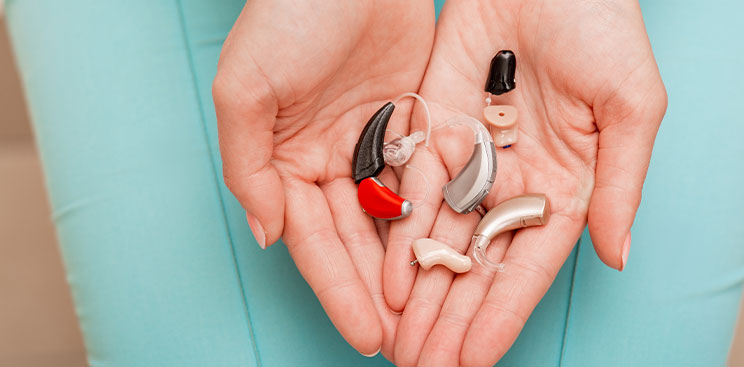
Taking care of your hearing is a vital part of maintaining your overall well-being. For adults experiencing hearing loss, proactive steps—like scheduling a hearing evaluation and choosing the right hearing device—can make a meaningful difference in daily life.
The Impact of Hearing Aids
Hearing aids significantly enhance quality of life for those with hearing impairment. They help individuals stay socially connected, participate in conversations, and enjoy activities that might otherwise feel isolating.
To get the most out of your device, it’s important to understand how to use and maintain it properly.
Follow-Up Care Matters
- Fine-tuning and adjustments to improve comfort and performance
- Ensuring the device continues to meet your specific hearing needs
- Early detection of any issues that may affect functionality
Consistent care helps your hearing aids work at their best.
Getting Comfortable Takes Time
Adapting to hearing aids isn’t instant—it’s a process. You may need time to adjust to how they feel and sound. Be patient, and don’t hesitate to ask your audiologist for guidance. They can help you troubleshoot discomfort and optimize your experience.
Maintenance Is Key
Like any electronic device, hearing aids are vulnerable to wear and tear. Common culprits include:
- Dirt and dust
- Earwax buildup
- Moisture and environmental pollutants
To extend the life of your hearing aids, schedule regular professional cleanings and maintenance. This not only protects your investment but also ensures consistent hearing support for years to come.
